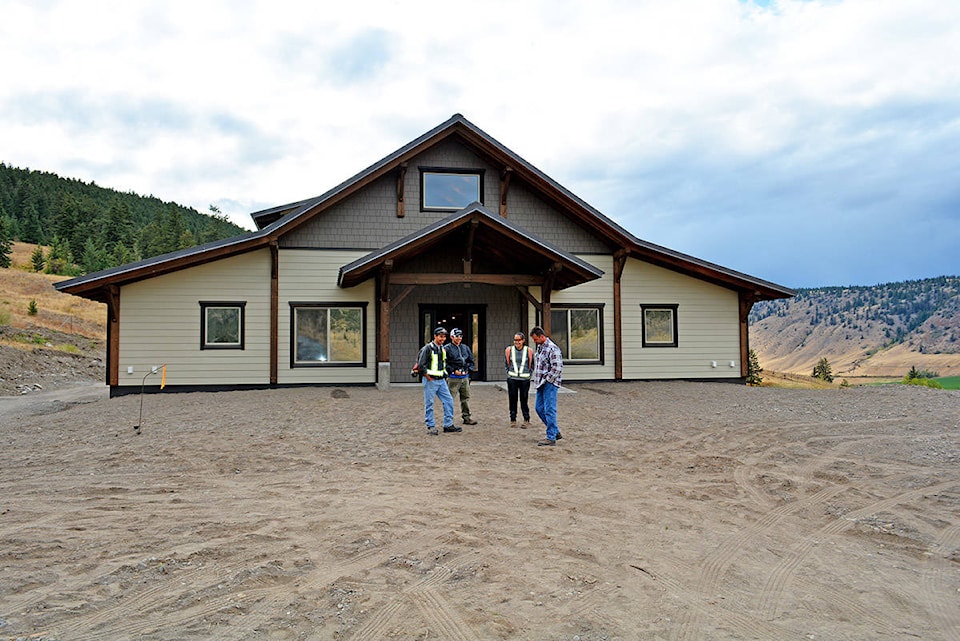As the Penticton Indian Band declares it will be going dry, another B.C. Indigenous community marks 46 years in the dry movement.
The PIB chief and council announced on Friday it will be making efforts to become a dry community — meaning no drugs or alcohol on the reserve.
Meanwhile, the Esk’etemc First Nation, a self-governing Secwepemc (Shuswap) community near Williams Lake, has been part of the dry movement since 1972. By the mid-1980s, the rate of sobriety was over 90 per cent, said the band’s drug and alcohol counsellor Ken Johnson.
Related: PIB declares desire to be drug/alcohol free
Like PIB, Johnson said the Esk’etemc approach to a dry community isn’t one of prohibition and punitive measures, but of supporting community members in their journey to sobriety.
“We did really well. Now we are really doing a lot of work on our younger people, the younger generation. But also, we’ve been having a lot of success in the last 12 years with our young people finding sobriety and recovery,” Johnson said.
“We have three or four young ladies that became nurses that were once living on the streets of Williams Lake, drinking and doing drugs.”
In the 46 years since its dry declaration, the community has become somewhat of a leader in a movement that’s now picking up steam.
“That’s the miracle of it all is that a lot of other communities are finally picking up on it and finally seeing what sobriety and recovery, the benefits to their community,” he said.
The community will be holding its 41st annual three-day sobriety gathering, which averages around 700 people for the event — some coming from as far away as China, Johnson said — starting July 15.
“I’ve known people who were really down and out and hopeless and living on the street, and found some kind of healing spirit there that they came back the next year later and celebrated their first year of sobriety,” Johnson said.
“It’s things like that that makes our gathering really successful, when we see people that come and that lost their way in life and find it by hearing somebody here at this gathering.”
Johnson said that storytelling is one of the secrets to the community’s success — they feel they are able to talk openly about past traumas, like sexual abuse and violence against women.
“Especially our women here are very, very powerful in their sharing, and I think that’s what people want to hear,” Johnson said, acknowledging that it can be difficult for people to break the stigma and talk about their experiences.
“I think that’s what the people really need to hear, not just scratch the surface of the recovery, but get right down in there.”
The other half of the community’s successes, Johnson said, is the acknowledgement and honours they give to those who are working toward and succeeding at sobriety. For example, when someone goes to treatment, local Alcoholics Anonymous members send them an inspirational card.
“It’s so important when they get it. A lot of our young people, especially that went to wellness programs and get all this acknowledgement from us, they get home and they do really good,” Johnson said.
“It’s just acknowledgement and honouring our people that really makes a difference.”
